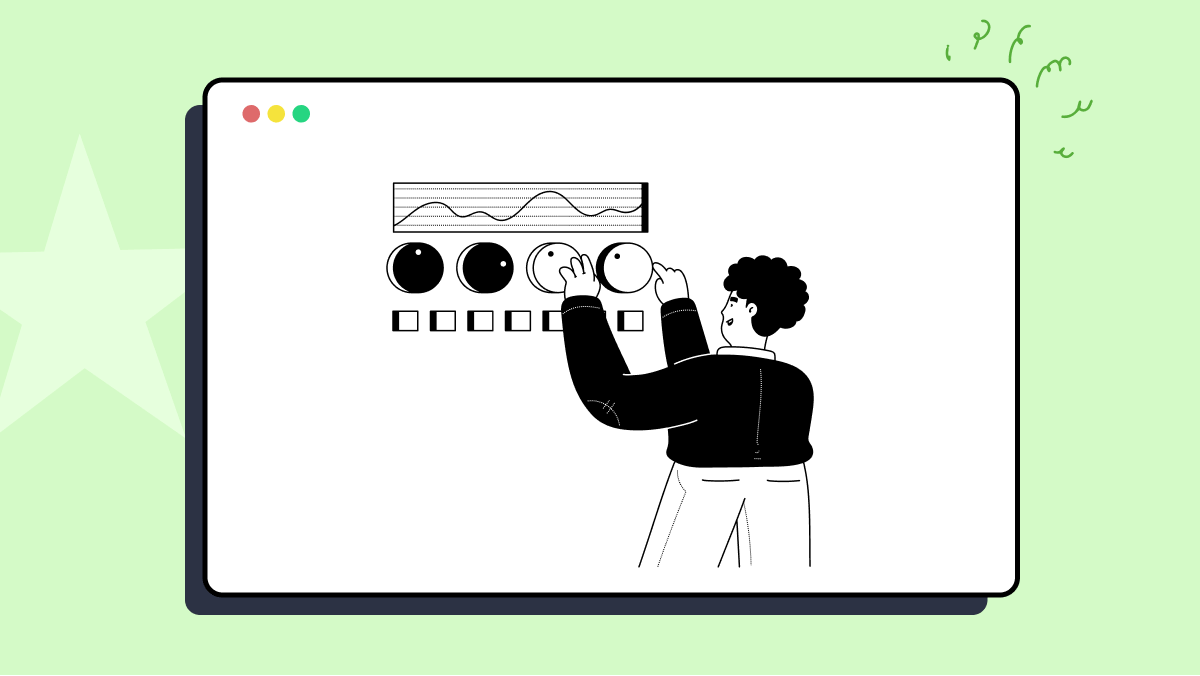How to use CheckBranch method of vcs Package
Best Syzkaller code snippet using vcs.CheckBranch
vcs.go
Source:vcs.go
...107// CheckRepoAddress does a best-effort approximate check of a git repo address.108func CheckRepoAddress(repo string) bool {109 return gitRepoRe.MatchString(repo)110}111// CheckBranch does a best-effort approximate check of a git branch name.112func CheckBranch(branch string) bool {113 return gitBranchRe.MatchString(branch)114}115func CheckCommitHash(hash string) bool {116 if !gitHashRe.MatchString(hash) {117 return false118 }119 ln := len(hash)120 return ln == 8 || ln == 10 || ln == 12 || ln == 16 || ln == 20 || ln == 40121}122func runSandboxed(dir, command string, args ...string) ([]byte, error) {123 cmd := osutil.Command(command, args...)124 cmd.Dir = dir125 if err := osutil.Sandbox(cmd, true, false); err != nil {126 return nil, err...CheckBranch
Using AI Code Generation
1import "fmt"2import "vcs"3func main() {4 fmt.Println(vcs.CheckBranch("master"))5}6import "fmt"7func CheckBranch(branch string) bool {8 if branch == "master" {9 } else {10 }11}12To import a package from a remote repository, you need to use the go get command. For example, to import the vcs package from the remote repository, you need to run the following command:13import "fmt"14import "github.com/golang/example/hello/vcs"15func main() {16 fmt.Println(vcs.CheckBranch("master"))17}CheckBranch
Using AI Code Generation
1import (2func main() {3 vcs := golgit.VCS{golenv.GetEnv("GOPATH") + "/src/github.com/abhishekkr/gol"}4 fmt.Println(vcs.CheckBranch("master"))5}6import (7func main() {8 vcs := golgit.VCS{golenv.GetEnv("GOPATH") + "/src/github.com/abhishekkr/gol"}9 fmt.Println(vcs.CheckBranch("master"))10}11import (12func main() {13 vcs := golgit.VCS{golenv.GetEnv("GOPATH") + "/src/github.com/abhishekkr/gol"}14 fmt.Println(vcs.CheckBranch("master"))15}16import (17func main() {18 vcs := golgit.VCS{golenv.GetEnv("GOPATH") + "/src/github.com/abhishekkr/gol"}19 fmt.Println(vcs.CheckBranch("master"))20}21import (22func main() {23 vcs := golgit.VCS{golenv.GetEnv("GOPATH") + "/src/github.com/abhishekkr/gol"}24 fmt.Println(vcs.CheckBranch("master"))25}CheckBranch
Using AI Code Generation
1import (2func main() {3 golenv.Load()4 branch := os.Getenv("VCS_BRANCH")5 repo := os.Getenv("VCS_REPO")6 if vcs.CheckBranch(branch, repo) {7 fmt.Printf("Branch %s exists in %s8 } else {9 log.Fatalf("Branch %s does not exist in %s10 }11}CheckBranch
Using AI Code Generation
1import (2func main() {3 vcs := vcs.NewVCS("git", "/path/to/repo")4 branch, err := vcs.CheckBranch()5 if err != nil {6 fmt.Println(err)7 }8 fmt.Println(branch)9}10import (11func main() {12 vcs := vcs.NewVCS("git", "/path/to/repo")13 remote, err := vcs.CheckRemote()14 if err != nil {15 fmt.Println(err)16 }17 fmt.Println(remote)18}19import (20func main() {21 vcs := vcs.NewVCS("git", "/path/to/repo")22 remoteBranch, err := vcs.CheckRemoteBranch()23 if err != nil {24 fmt.Println(err)25 }26 fmt.Println(remoteBranch)27}28import (29func main() {30 vcs := vcs.NewVCS("git", "/path/to/repo")31 status, err := vcs.CheckStatus()32 if err != nil {33 fmt.Println(err)34 }35 fmt.Println(status)36}37import (38func main() {39 vcs := vcs.NewVCS("git", "/path/to/repo")40 tag, err := vcs.CheckTag()41 if err != nil {42 fmt.Println(err)43 }44 fmt.Println(tag)45}46import (47func main() {48 vcs := vcs.NewVCS("git", "/path/to/repo")49 upstream, err := vcs.CheckUpstream()CheckBranch
Using AI Code Generation
1func main() {2 v := vcs.VCS{}3 branch := v.CheckBranch()4 fmt.Println(branch)5}6import (7type VCS struct {8}9func (v *VCS) CheckBranch() string {10 cmd := exec.Command("git", "rev-parse", "--abbrev-ref", "HEAD")11 out, err := cmd.Output()12 if err != nil {13 panic(err)14 }15 return strings.TrimSuffix(string(out), "16}Blogs
Check out the latest blogs from LambdaTest on this topic:
When it comes to UI components, there are two versatile methods that we can use to build it for your website: either we can use prebuilt components from a well-known library or framework, or we can develop our UI components from scratch.
Anyone who has worked in the software industry for a while can tell you stories about projects that were on the verge of failure. Many initiatives fail even before they reach clients, which is especially disheartening when the failure is fully avoidable.
Automating testing is a crucial step in the development pipeline of a software product. In an agile development environment, where there is continuous development, deployment, and maintenance of software products, automation testing ensures that the end software products delivered are error-free.
Continuous integration is a coding philosophy and set of practices that encourage development teams to make small code changes and check them into a version control repository regularly. Most modern applications necessitate the development of code across multiple platforms and tools, so teams require a consistent mechanism for integrating and validating changes. Continuous integration creates an automated way for developers to build, package, and test their applications. A consistent integration process encourages developers to commit code changes more frequently, resulting in improved collaboration and code quality.
Automation Testing Tutorials
Learn to execute automation testing from scratch with LambdaTest Learning Hub. Right from setting up the prerequisites to run your first automation test, to following best practices and diving deeper into advanced test scenarios. LambdaTest Learning Hubs compile a list of step-by-step guides to help you be proficient with different test automation frameworks i.e. Selenium, Cypress, TestNG etc.
LambdaTest Learning Hubs:
- JUnit Tutorial
- TestNG Tutorial
- Webdriver Tutorial
- WebDriverIO Tutorial
- Protractor Tutorial
- Selenium 4 Tutorial
- Jenkins Tutorial
- NUnit Tutorial
- Jest Tutorial
- Playwright Tutorial
- Cypress Tutorial
- PyTest Tutorial
YouTube
You could also refer to video tutorials over LambdaTest YouTube channel to get step by step demonstration from industry experts.
Most used method in
- newAkaros
- Poll
- newFuchsia
- initRepo
- CheckoutBranch
- CheckoutCommit
- SwitchCommit
- HeadCommit
- GetCommitByTitle
- GetCommitsByTitles
- ListRecentCommits
- ExtractFixTagsFromCommits
- ReleaseTag
- Contains
- newGit
- filterEnv
- fetchRemote
- clone
- reset
- repair
- getCommit
- gitParseCommit
- fetchCommits
- Git
- splitEmail
- Bisect
- bisectInconclusive
- PreviousReleaseTags
- IsRelease
- init
- TestGitRepo
- TestMetadata
- checkCommit
- TestBisect
- TestGitParseCommit
- TestGitParseReleaseTags
- MakeTestRepo
- CommitFileChange
- CommitChange
- SetTag
- SupportsBisection
- CreateTestRepo
- CloneTestRepo
- newLinux
- gitParseReleaseTags
- gitReleaseTagToInt
- EnvForCommit
- linuxClangVersion
- linuxGCCVersion
- linuxAlterConfigs
- PrepareBisect
- addMaintainers
- getMaintainers
- ParseMaintainersLinux
- Minimize
- serialize
- newTestos
- String
- GetEmails
- NewRecipients
- Len
- Less
- Swap
- ToDash
- NewRepo
- NewSyzkallerRepo
- Patch
- CheckRepoAddress
- CheckBranch
- CheckCommitHash
- runSandboxed
- CanonicalizeCommit
- CommitLink
- TreeLink
- LogLink
- FileLink
- link
- TestCanonicalizeCommit
- TestCheckRepoAddress
- TestCheckBranch
- TestCheckCommitHash
- testPredicate
- TestCommitLink
- TestFileLink
- TestParse
Try LambdaTest Now !!
Get 100 minutes of automation test minutes FREE!!



